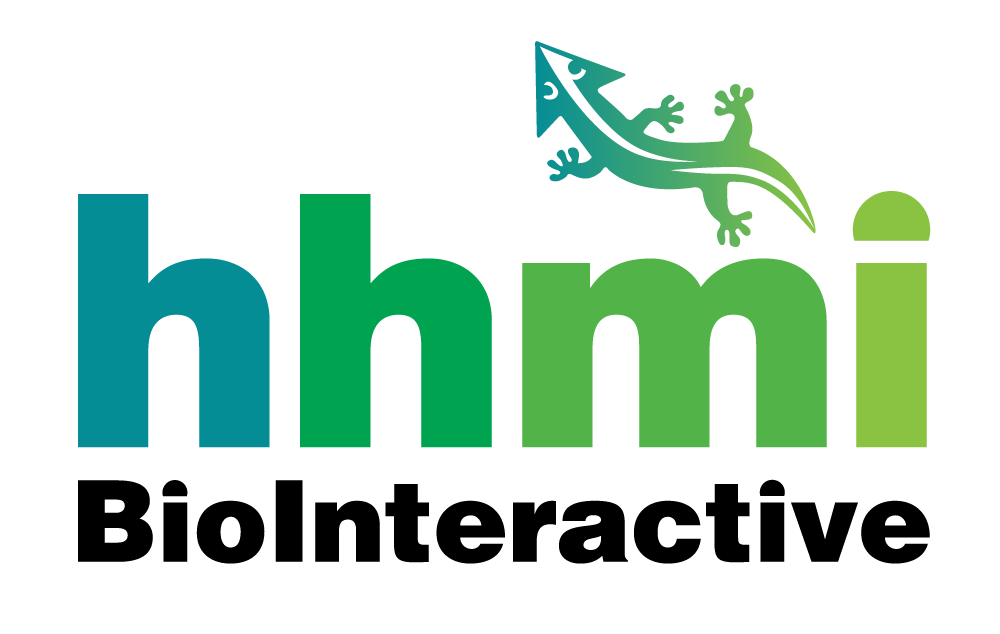Antigen presentation and cytotoxic T lymphocytes (CTLs): elucidating a common roadblock for students
Author(s): Marcia Hesser
Kennesaw State University
1145 total view(s), 459 download(s)
Description
Anatomy and physiology students historically have a difficult time learning the complicated inter-workings of the immune system. The following is an in-class learning activity designed to utilize 50 minutes of face-to-face (or synchronous online) lecture for pre-Nursing students at a 2- or 4-year university. The activity is targeted to one aspect of the adaptive immune system, CTL antigen presentation. The goal is to organize the material into smaller, more manageable sections using 3 short clips from a pre-existing HHMI Biointeractive animation (adapted specifically for this activity), followed by targeted student discussion (think/pair/share). A student response system (such as clickers) is also a feature of this activity that incorporates questions designed to gauge understanding in real-time. Applications to the real-world using a simple case study and medical research offer the students a chance to think critically and an engaging connection to personal interests. After this activity students will:
1. Briefly describe how nonself viral proteins are incorporated into MHC class I receptors of an infected self cell.
2. Outline the steps required for a CTL to recognize a nonself MHC class I.
3. Connect the roles of antigen presenting cells and helper T cells in CTL activation.
4. Describe how a CTL destroys an identified nonself, viral-infected cell.
Cite this work
Researchers should cite this work as follows:
- Hesser, M. (2020). Antigen presentation and cytotoxic T lymphocytes (CTLs): elucidating a common roadblock for students. HHMI BioInteractive A&P FMN (2019), QUBES Educational Resources. doi:10.25334/HVJM-JW96
